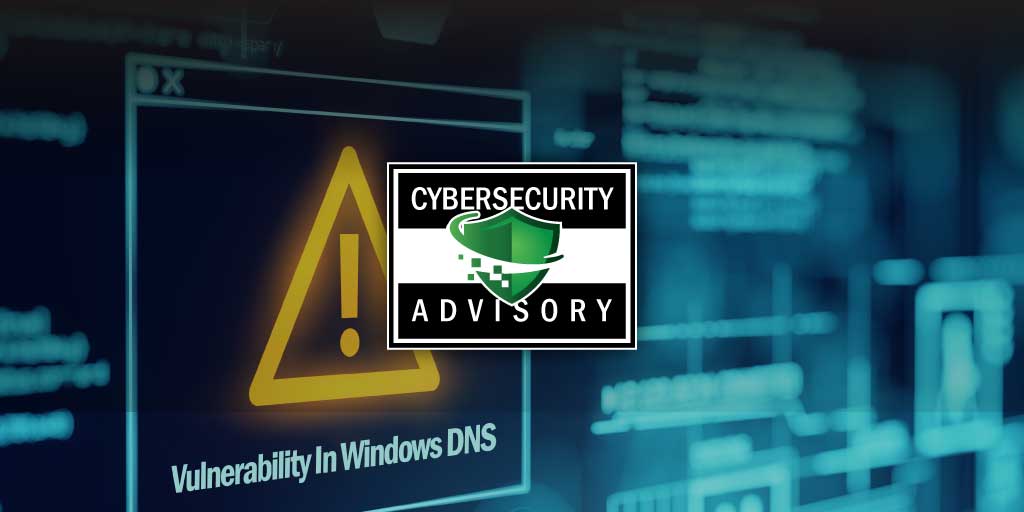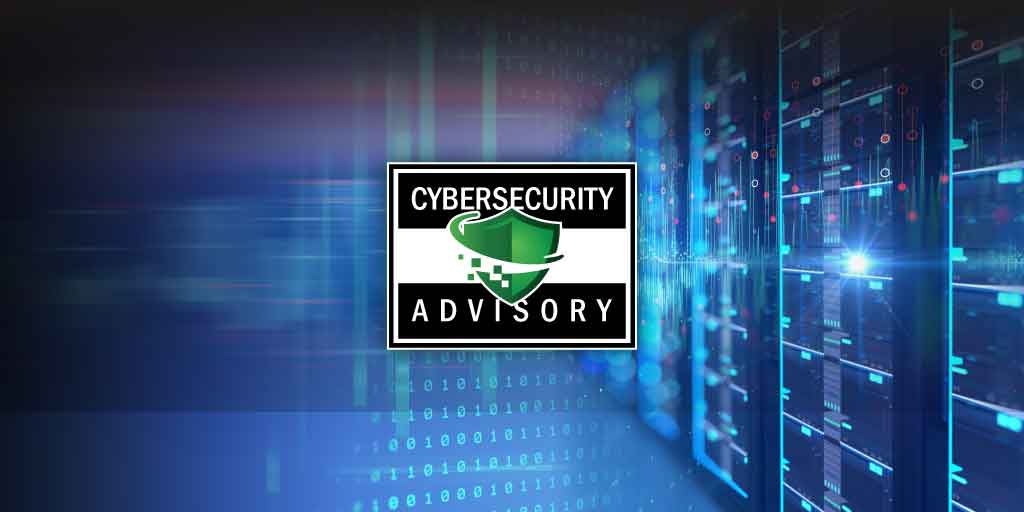Vulnerability in Windows Domain Name System (DNS)
On July 14, 2020, Microsoft released a security update for the issue described in CVE-2020-1350 | Windows DNS Server Remote Code Execution...
24/7/365 Monitoring & Alerting
Compromise Assessments
Threat Hunting
Vulnerability Management
CMMC Preparation & Assessment
Cybersecurity Assurance Readiness (CSAR®/RMF Pro)
ATO/RMF Support
If you are concerned about a potential threat or are experiencing a breach, contact our 24/7/365 emergency hotline at 888-860-0452.
 Subscribe to NetSec News
Subscribe to NetSec NewsSign up to receive our biweekly newsletter that covers what's happening in cybersecurity including news, trends, and thought leadership.
At our core, Ingalls is a company that strives to be helpful to our clients while continuously innovating and evolving our technology and solutions. Since 2010, we have been dedicated to building a team and product that can stay steps ahead of threats, attacks, and vulnerabilities in an ever-changing landscape.
1 min read
 Daniel Guidry
:
Mar 10, 2020 12:00:00 AM
Daniel Guidry
:
Mar 10, 2020 12:00:00 AM
A remote code execution vulnerability exists in Microsoft Exchange Server when the server fails to properly create unique keys at install time.
Knowledge of the validation key allows an authenticated user with a mailbox to pass arbitrary objects to be deserialized by the web application, which runs as SYSTEM.
The security update addresses the vulnerability by correcting how Microsoft Exchange creates the keys during install.
Microsoft Exchange Server
CVE-2020-0688
Remote Code Execution
The following table provides an exploitability assessment for this vulnerability at the time of original publication.
| Publicly Disclosed |
No |
| Exploited |
No |
| Latest Software Release |
1 - Exploitation More Likely |
| Older Software Release |
1 - Exploitation More Likely |
| Denial of Service |
N/A |
8.8 - High
An attacker could gain code execution on affected Exchange servers by sending a specially crafted e-mail. No other user interaction is required. The code execution occurs at System-level permissions, so the attacker could completely take control of an Exchange server through a single e-mail.

On July 14, 2020, Microsoft released a security update for the issue described in CVE-2020-1350 | Windows DNS Server Remote Code Execution...

VMWare refers to these two vulnerabilities collectively as VMSA-2021-0010. CVE-2021-21985 - The vSphere Client (HTML5) contains a remote code...

These vulnerabilities are currently being exploited in the wild. As of October 21st, there are nearly 48,000 web-exposed servers with these...